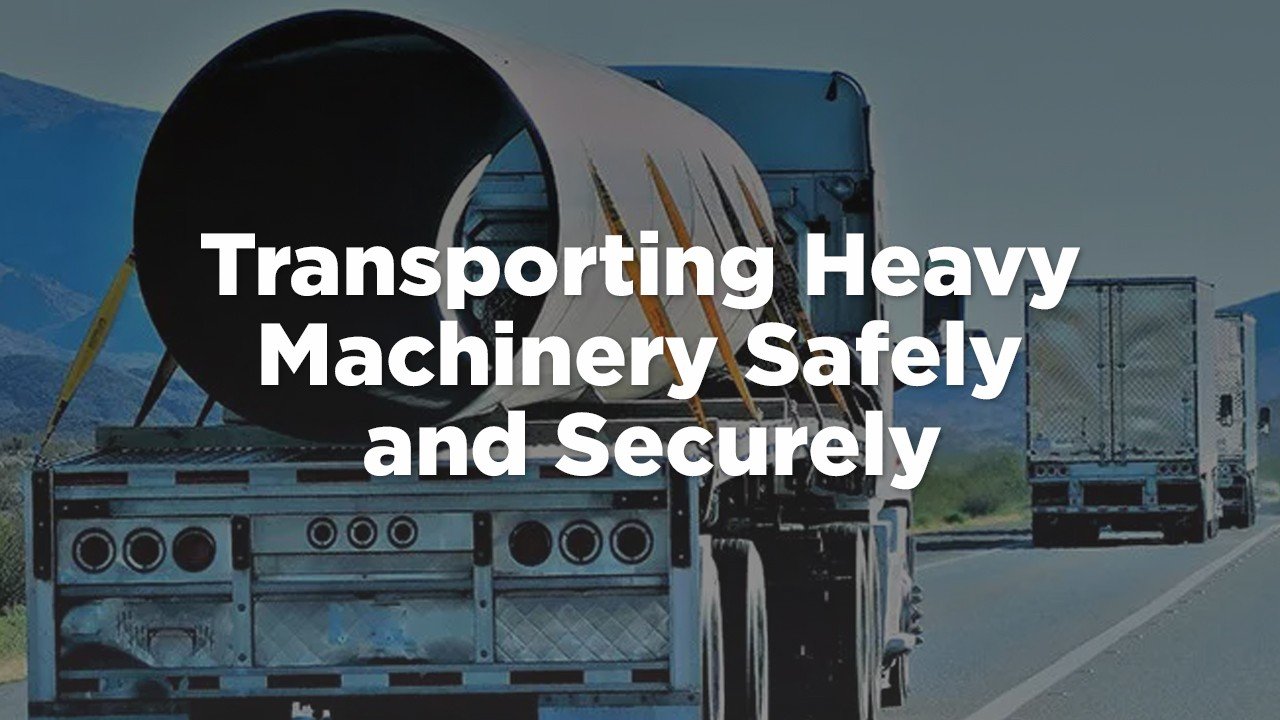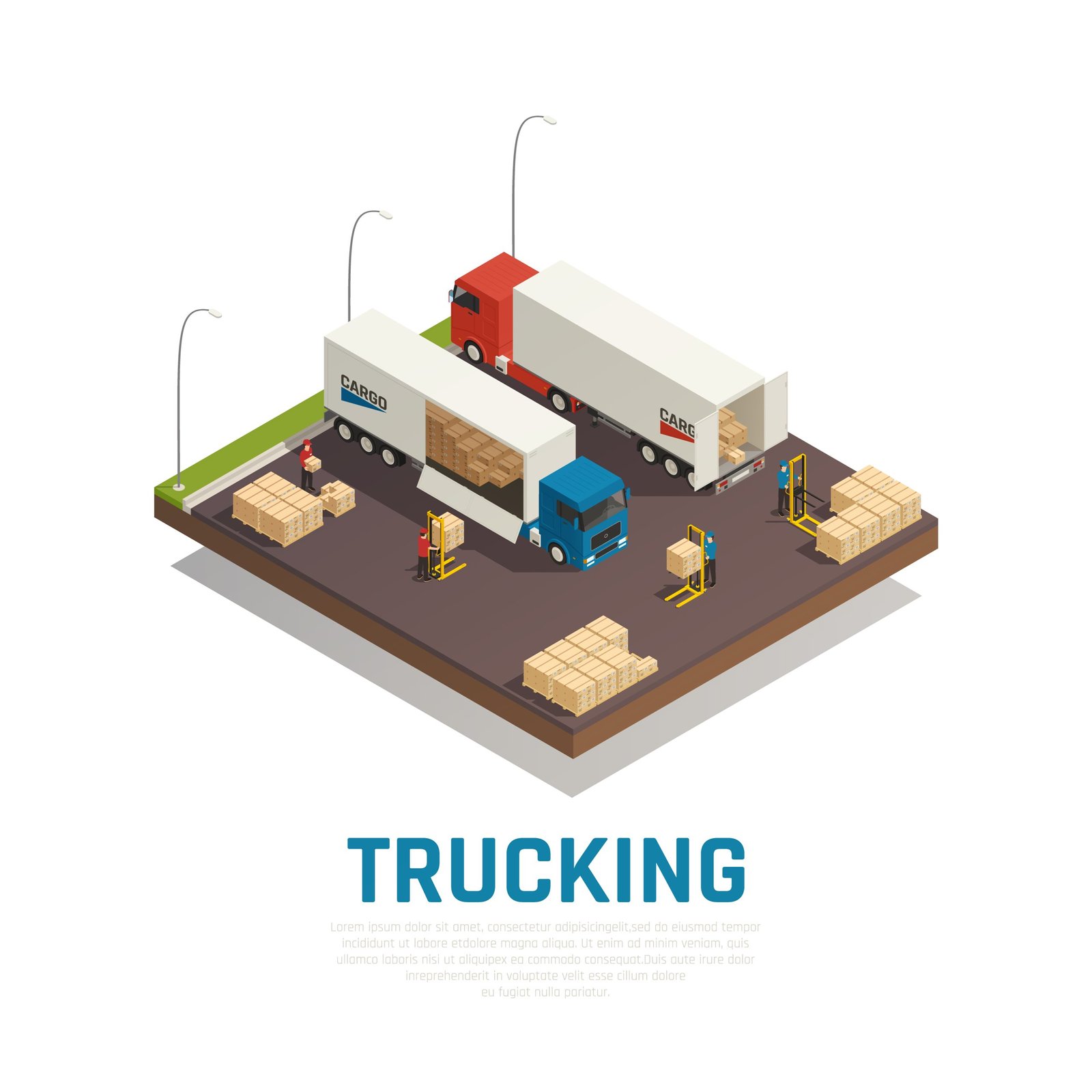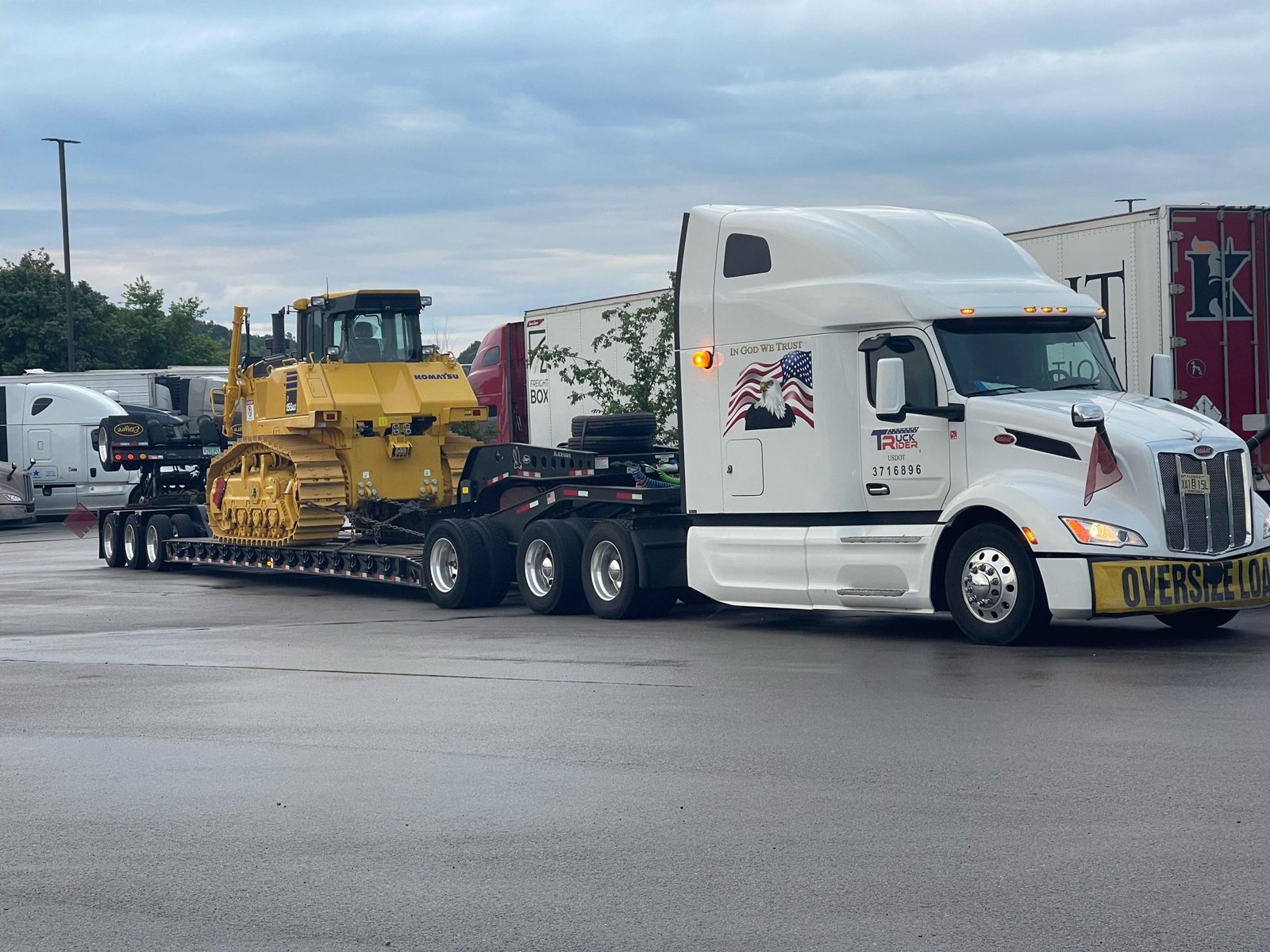Transporting heavy machinery represents a challenge for every company in the world.
Unlike LTL and FTL shipping, heavy equipment shipping requires the use of special trailers designed specifically for this type of cargo. For heavy equipment shipping, you want to make sure you hire an experienced service provider with years of experience in the heavy equipment industry. However, there are a few things you can do on your end to make sure your heavy equipment arrives on time and in good condition.
Plan Ahead for Success
Effective planning is the foundation of a successful heavy equipment move. Consider the following steps:
- Evaluate: Begin by evaluating the dimensions, weight, and specific transportation requirements of the equipment. This assessment will determine the type of transportation equipment needed.
- Route Planning: Carefully plan the transportation route, taking into account road conditions, height and weight restrictions, bridges, and any other obstacles that may pose a challenge.
- Permits and Regulations: Obtain the necessary permits for oversized loads and ensure compliance with local, state, and federal regulations.
- Logistics Partner: Work with a reputable logistics partner experienced in moving heavy equipment. Their expertise can greatly contribute to the efficiency and safety of the process.
Choose the Right Equipment
Choosing the right transportation equipment is essential to ensure the safety of the machinery during transport. Options include:
- Flatbed trailers: Ideal for large and heavy loads, flatbed trailers provide an open platform for safe transport.
- Lowbed trailers: These trailers have a lower deck height, making them suitable for larger and heavier equipment.
- Step deck trailers: They have a lower deck at the front, allowing for the transport of taller equipment without height restrictions.
Secure the Load Properly
Properly securing heavy equipment is essential for safe transport. Use these techniques:
- Blocking and Bracing: Use wooden blocks, braces, and chains to immobilize the equipment and prevent it from shifting during transport.
- Strapping and Chains: Use heavy-duty straps, chains, and binders to secure the machine to the trailer. Make sure the tension is evenly applied to prevent movement.
- Padding and Cushioning: Use protective padding to prevent friction and damage to the surface of the equipment during transport.
Prioritize Safety Precautions
Safety should be paramount throughout the transportation process:
- Inspections: Conduct thorough inspections of the machinery and transportation equipment before departure to identify any potential issues.
- Driver Expertise: Ensure that the driver operating the transport vehicle is experienced in handling heavy loads and understands safety protocols.
- Pilot Vehicles: For oversized loads, consider using pilot vehicles to warn other drivers and ensure safe passage through challenging routes.
- Emergency Plans: Have a comprehensive contingency plan in place to address any unexpected situations that may arise during transportation.
Final notes
Dealing with heavy equipment shipping is not always easy. You need to put in the extra effort before hiring a shipping company. Choosing the right provider can help you save a lot of time and money when dealing with oversized load permits. The process of shipping heavy equipment requires extra care, from preparation to execution. Make sure you have a well-prepared plan for any unexpected circumstances that may arise. The most critical moment is when the goods are loaded and unloaded. Safety is a must. Make sure you take all the necessary precautions before these critical moments. Last but not least, when moving heavy equipment, always have your provider’s contact information and insurance policies handy.







